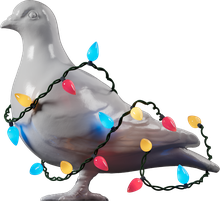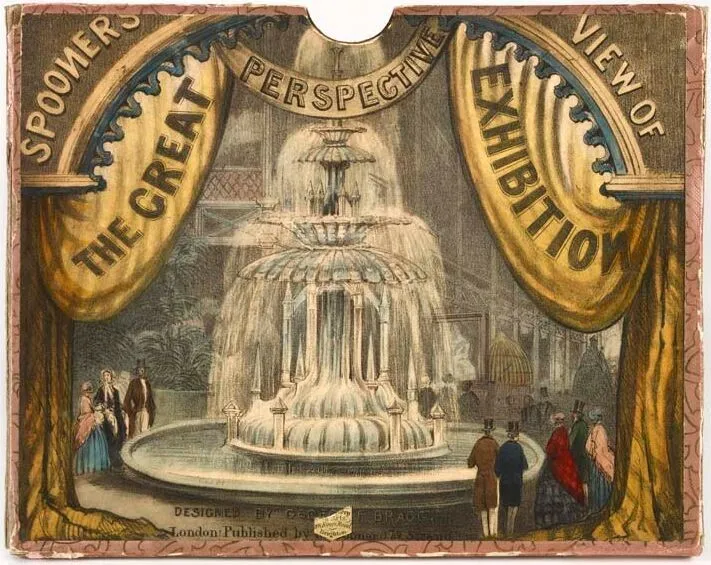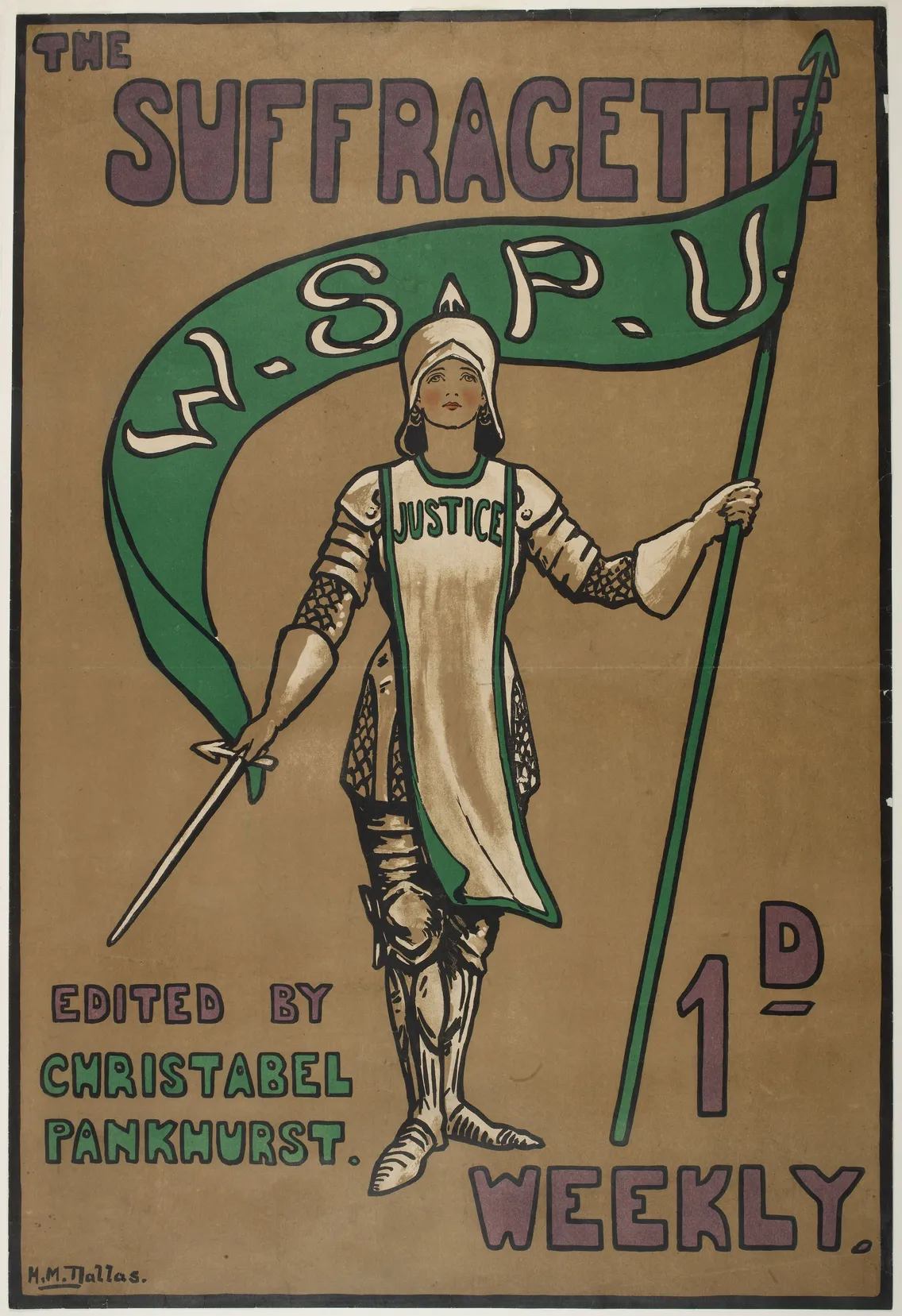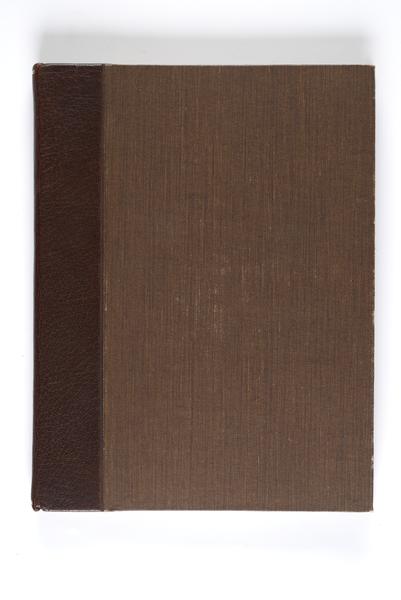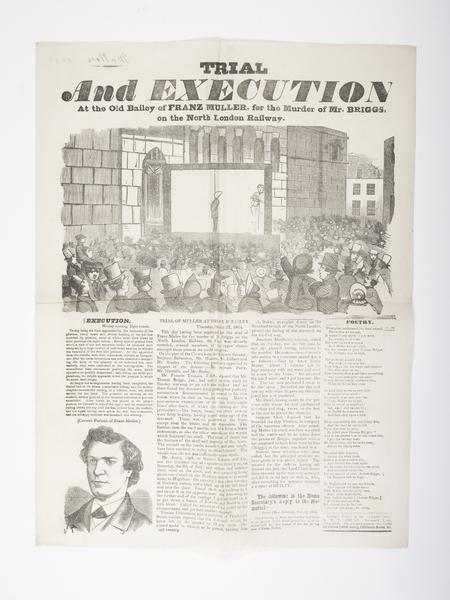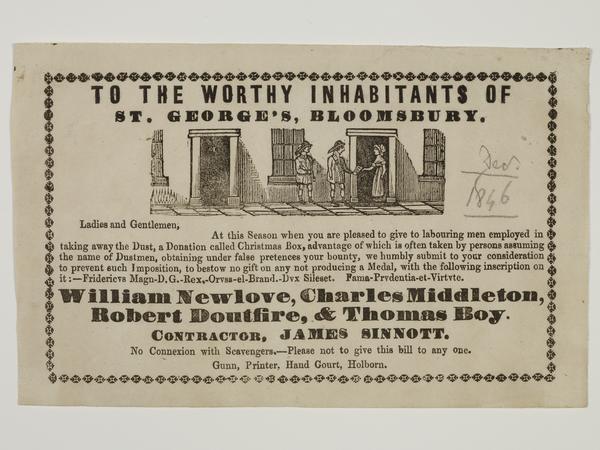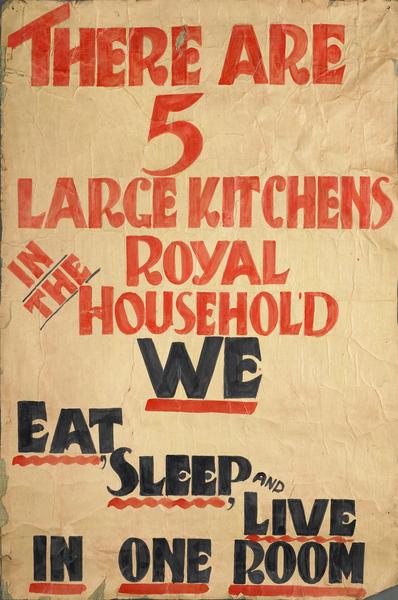Ephemera, manuscripts, rare books & maps
London Museum’s collection of printed and handwritten documents, from 16th-century maps to 21st-century protest and club flyers, offers a fascinating snapshot of London life.
Printed ephemera
They weren’t intended to last, but they did, and aren’t we glad. Usually made of paper, London Museum’s printed ephemera collection of over 150,000 items provides an insight into the everyday life of London – from the earliest days of printing to the present.
Ephemeral, ‘throw-away’ items ranging from 18th-century transport tickets and playbills to 21st-century protest and club flyers, offer a distinctive interpretation of London’s social and cultural history at a specific moment in time. Particular treasures include:
- the 1665 Great Plague Bills of Mortality that now allow us to investigate how the plague impacted Londoners
- official proclamations relating to the rebuilding of London following the Great Fire of London in 1666
- 19th-century street literature, including ‘gallows broadsides’ and popular ballads
- a vast and unique collection of printed flyers, posters, newspapers and campaign material relating to the militant Suffragette 'Votes for Women' movement
- hundreds of engraved toy theatre play sheets, theatrical portraits and tinsel prints, which are as much works of popular art as they are records of London’s vibrant theatre history
“Our map collection from 1559 onwards charts the growth of London’s landscape and population”
Manuscript collection
Our collection of handwritten manuscripts ranging from official documents pre-dating the printing press to contemporary 21st-century letters capture the personal lives of Londoners.
Important items in this collection include 18th- and 19th-century domestic account books, detailing everything bought for the household, primary documents relating to Imre Kiralfy's White City exhibition grounds, and over 50 letters written between two suburban women friends in the mid-19th century. The collection also has letters written by ‘condemned’ prisoners awaiting public execution in the 1820s, and those by the notorious gangsters Reggie and Ronnie Kray following their conviction for murder in the 1970s.
Rare books
The museum’s 5,000 rare books include 15th-century books of sermons to 19th-century illustrated children’s chapbooks, almanacs, city guidebooks, and unique extra-illustrated volumes and scrapbooks such as those relating to the Vauxhall Pleasure Gardens.
You’ll find out more details on our Library page.
Maps of London
The museum’s extensive map collection of more than 1,000 maps charts changes to London’s physical landscape from the 16th century onwards. It also shows the impact of population growth and the extension of the suburbs from the 19th century. The most significant item in this collection is the hand-coloured version of Charles Booth’s first Descriptive Map of London Poverty created in the 1880s.
More in our collections
-

Library
The Library holds around 30,000 volumes (including monographs, periodicals and maps), from the 15th century onwards
-

Archive collections
The Business, Port and River, and Sainsbury archives offer insights into London’s history, commerce and culture
-

Modern collections (1700s–present)
London’s socio-cultural and economic history from the 1700s, including the world’s largest Suffragette collection
-
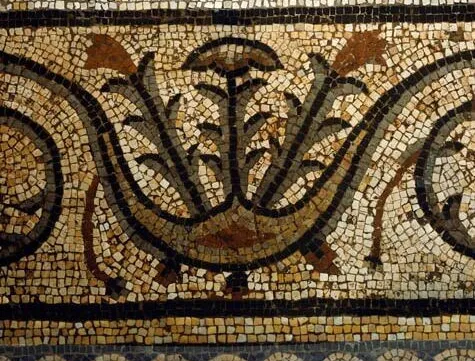
Archaeological collections
Explore six million artefacts, including human and animal remains from the Neolithic to Roman tiles and pottery

